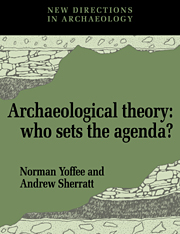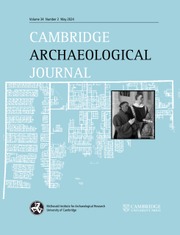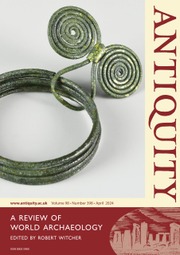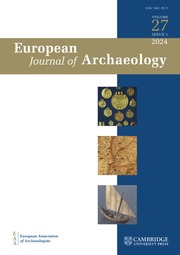Nomads in Archaeology
Nomads in Archaeology addresses the problem of how to study mobile peoples using archaeological techniques. It therefore deals not only with the prehistory and archaeology of nomads but also with current issues in theory and methodology, particularly the concept of 'site structure'. This is the first volume to be devoted exclusively to nomad archaeology. It includes sections on the history and origins of pastoral nomad societies, the economics of pastoralism, social organisation of pastoral communities and the 'visibility threshold' of nomad material culture. Examples and case studies are drawn from field work and published sources primarily in Turkey and Iran.
- First volume devoted exclusively to nomad archaeology
- Deals with current issues in theory and methodology
- Uses sources from Turkey and Iran
Reviews & endorsements
'The book is packed with detailed information … I do not believe there is any comparable work in the archaeology of nomadic pastoralism.' Tim Ingold, Antiquity
Product details
July 2004Paperback
9780521545792
268 pages
246 × 189 × 14 mm
0.49kg
78 b/w illus. 7 tables
Available
Table of Contents
- List of illustrations
- List of tables
- Preface
- 1. Introduction
- 2. Origins and definitions
- 3. Nomad pastoral economy
- 4. Residence, descent and territory
- 5. Nomads - the invisible culture?
- 6. Nomad architecture and domestic space
- 7. Ali's camp: a nomad household campsite
- 8. The structure and location of nomad settlements
- 9. Sariaydin Yayla
- 10. The lost world of Nemut Dag
- 11. Nomad archaeology: an assessment
- 12. Towards a model of unstable settlement systems
- References
- Glossary
- Index.










